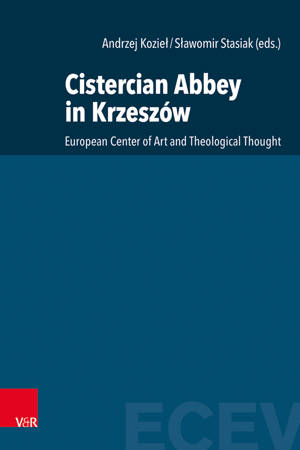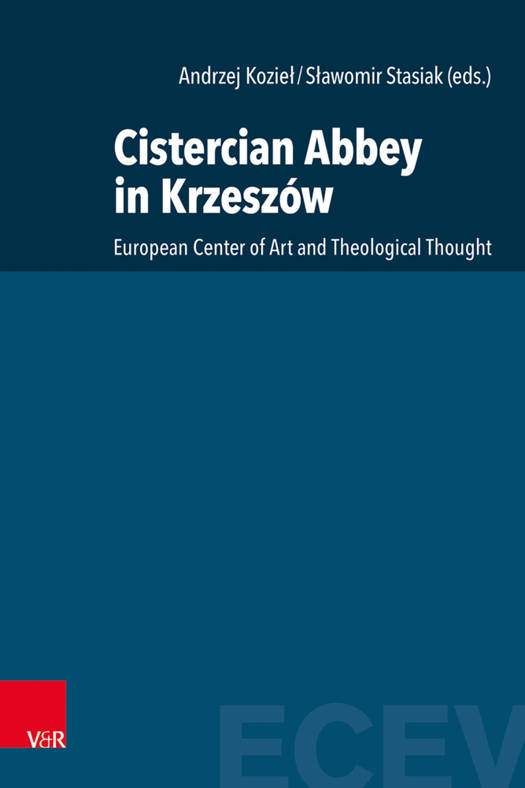
- Retrait gratuit dans votre magasin Club
- 7.000.000 titres dans notre catalogue
- Payer en toute sécurité
- Toujours un magasin près de chez vous
- Retrait gratuit dans votre magasin Club
- 7.000.000 titres dans notre catalogue
- Payer en toute sécurité
- Toujours un magasin près de chez vous
Cistercian Abbey in Krzeszów
European Center of Art and Theological Thought
97,95 €
+ 195 points
Description
Was the Cistercian abbey in Krzeszów really a European center of art and theological thought? This study in eight chapters tries to answer this question. The first chapter shows how deep the foundations of the Krzeszów Abbey go. The next three chapters are devoted to various works, initiatives and architecture of the Baroque era. First, the unique painting of Our Lady of Mercy in the Mater Misericordiae type, which was created in 1624, was presented. Then, the sculptural foundations of Abbot Geyer in the area of the Krzeszów abbey and in its latifundia were discussed. Finally, the architecture of the baroque abbey church, unique on a European scale, was presented. Grace of the Blessed Virgin Mary. This proves what an extraordinary center Krzeszów was in terms of the art created there.In the next two chapters, the reader finds the answer to the question: Was Krzeszów also a significant theological center in Europe at that time? First in terms of Catholic dogmatic, and then in terms of biblical linguistics.The study ends with two chapters, the first of which focuses on the sacralization of the landscape by introducing modern forms of imitation of the Holy Land and the cult of saints. The second one presents the baroque iconography of the Cistercian monastery in Krzeszów from the end of the 17th century to the beginning of the 20th century, which shows the changes in its social function over the centuries.
Spécifications
Parties prenantes
- Editeur:
Contenu
- Langue:
- Anglais
- Collection :
- Tome:
- n° 10
Caractéristiques
- EAN:
- 9783525500880
- Date de parution :
- 12-05-25
- Format:
- Livre relié






